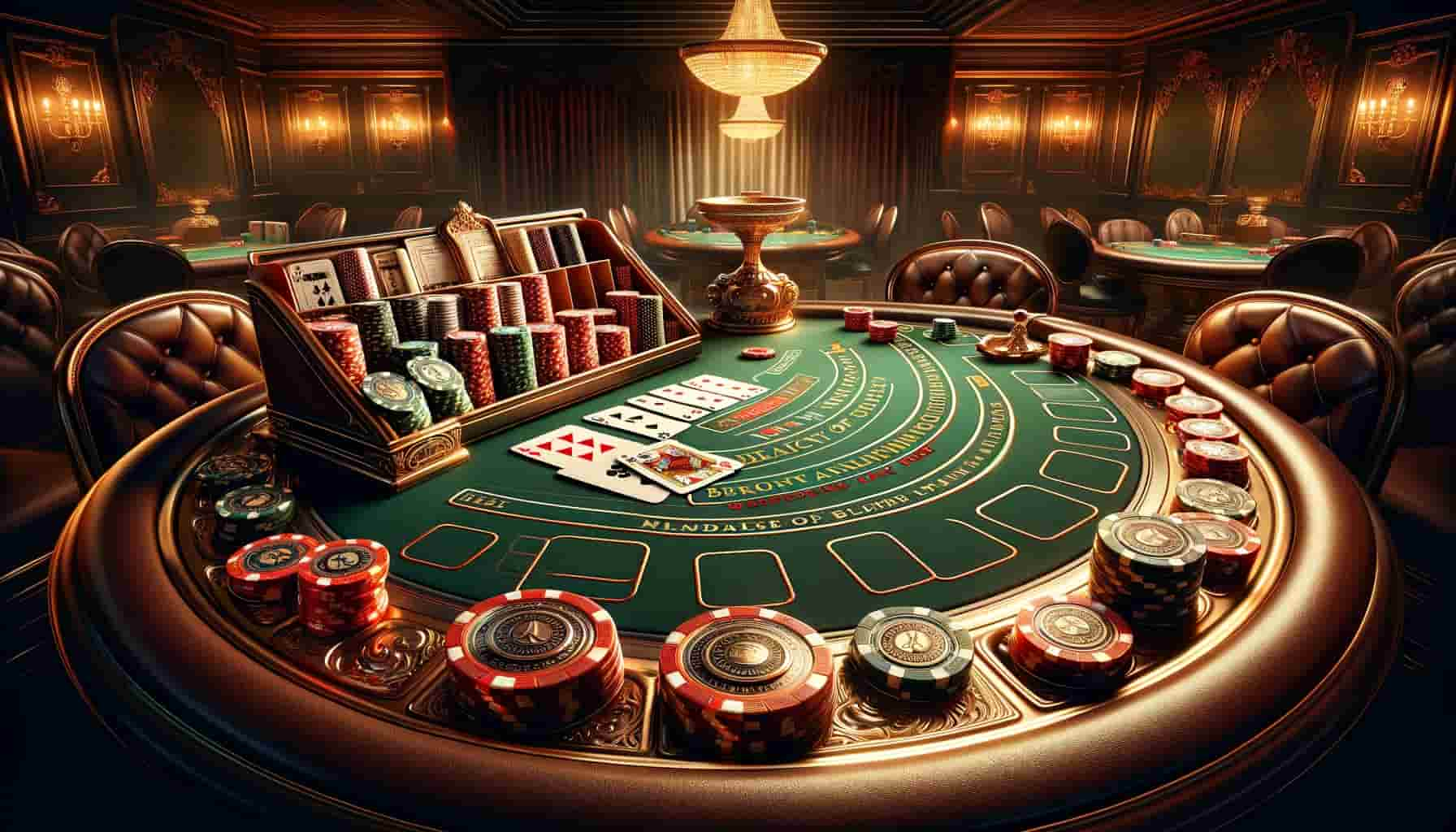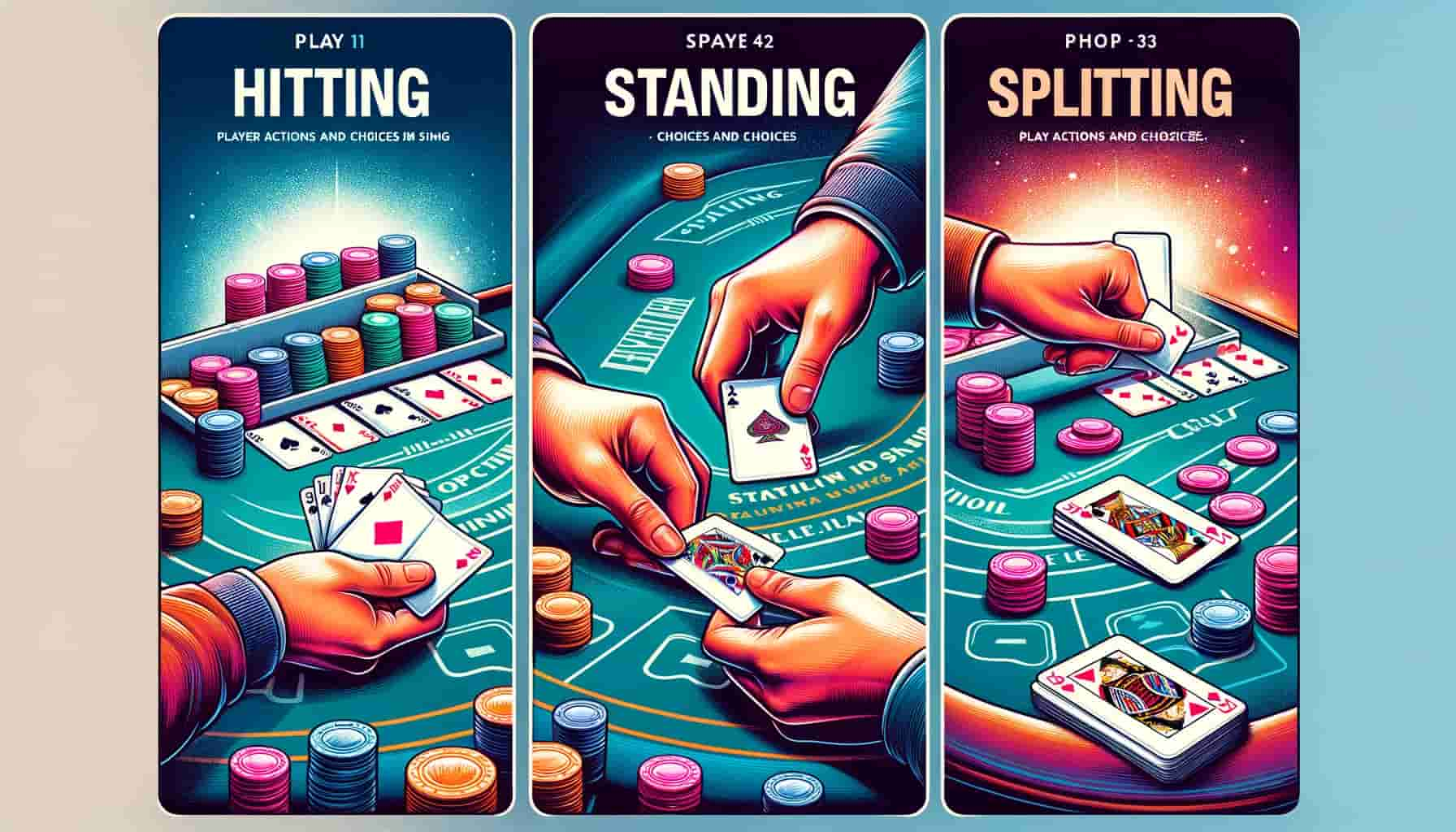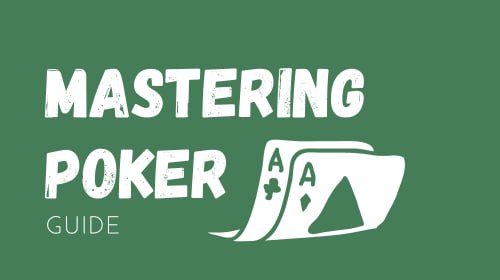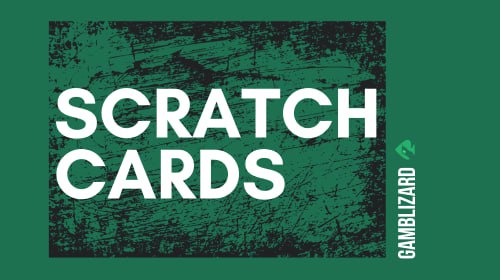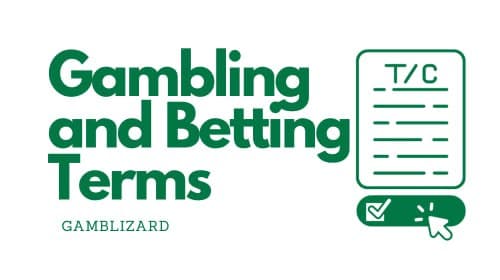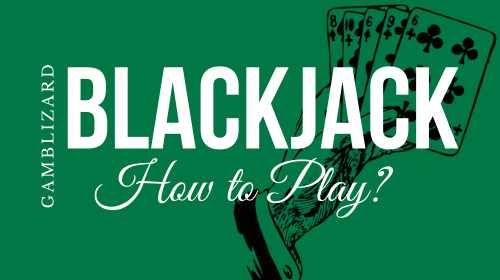
Fundamentals of Blackjack Play
Blackjack, often referred to as twenty-one, is one of the most popular card games in our cuntery. Its origins can be traced back to the early 17th century, with the game evolving from similar card games like the Spanish “Ventiuna” and the French “Vingt-et-Un.” Over the centuries, Blackjack has maintained its popularity, becoming a staple in casinos globally. Its appeal lies in the blend of simplicity and complexity, offering an accessible game that also contains deep strategic elements.
The basic objective of 21 blackjack rules is straightforward: to beat the dealer by having a hand value closer to 21 than the dealer’s hand without exceeding 21. This balance of risk and reward is what makes the game thrilling. The game is not only about luck but also about making strategic decisions based on the cards dealt. A player’s choice to hit, stand, double down, split, or surrender shapes the game’s outcome.
Understanding the fundamental strategies of Blackjack is vital for success. While the game’s rules are simple, following a blackjack guide and mastering the strategies can significantly increase a player’s odds of winning. This involves knowing when to take certain actions based on the cards in play, understanding the odds, and managing one’s bankroll. The key to excelling at Blackjack lies in learn to play blackjack, making informed decisions, reducing the house edge, and turning the odds in one’s favor as much as possible.
Grasping the Fundamentals of Blackjack
Blackjack is played with one or more standard decks of 52 cards. The game begins with players placing bets before any cards are dealt. Each player is then dealt two cards, usually face up, while the dealer receives one card face up (known as the “upcard”) and one card face down.
Card values are central to the game. Cards two through ten are worth their face value, face cards (kings, queens, and jacks) are each worth ten, and aces can be worth either one or eleven, depending on which value benefits the player’s hand more. The best possible hand is an “ace” with a “ten-card” (a 10, jack, queen, or king), known as a “Blackjack,” which usually pays out at 3:2 odds.
The layout of a Blackjack table is designed to accommodate multiple players, typically up to seven. Each player has a designated area for placing bets and receiving cards. The dealer stands behind the table, dealing cards from a “shoe” and managing the play according to the casino’s rules.
Players must decide how to play blackjack casino their hands after the initial deal. Options include “hitting” (taking another card), “standing” (keeping the current hand), “doubling down” (doubling the bet and receiving one more card), “splitting” (dividing a pair into two separate hands), or “surrendering” (giving up half the bet and ending the round). The dealer plays after all players have made their decisions, typically hitting until reaching a total of 17 or more.
Understanding these blackjack rules and the value of cards forms the foundation of Blackjack play. While the rules are relatively simple, the strategic possibilities they open up are vast, making Blackjack a game of both chance and skill.
Player Actions and Choices
In Blackjack, players have several action options that significantly influence the game’s outcome. Understanding when and how to use these options is crucial for effective play..
- Hitting: This action involves asking for an additional card to add to your hand’s total value. Players typically hit when they believe another card will bring them closer to 21 without going over.
- Standing: When a player is satisfied with their hand’s total value, they stand, meaning they do not wish to receive any additional cards. Standing is often chosen when the risk of busting (exceeding 21) is high with an additional card.
- Doubling Down: This option allows a player to double their initial bet in exchange for receiving only one more card. It’s a strategic move usually made when a player has a hand that could be very strong with one additional card, typically a total of 9, 10, or 11.
- Splitting: If a player’s initial two cards are of the same value, they can opt to split them into two separate hands, placing an additional bet equal to the first for the second hand. Splitting is beneficial for turning a weak single hand into two stronger ones, particularly with pairs of Aces and 8s.
- Surrender: Some Blackjack variants offer the option to surrender. Surrendering allows a player to forfeit the hand and half of their bet after the initial deal if they believe their chance of winning is low. Strategic use of surrender can minimize losses over the long run.
Each of these decisions plays a vital role in Blackjack’s strategy. Knowing when to hit, stand, double down, split, or surrender can significantly affect the game’s outcome, requiring a balance between risk assessment and understanding the game’s odds.
Dealer Rules and Play
In rules for blackjack, the dealer follows a set of rules that are fixed and predict the dealer’s play, affecting the player’s strategy.
Dealer’s Constraints: The most common rule is that the dealer must hit until their hand totals 17 or more. Some casinos specify that the dealer must hit on a “soft 17” (a hand containing an Ace valued as 11, e.g., A-6). Understanding these blackjack rules is crucial as they influence the player’s decisions.
How Dealer Rules Affect Player Decisions: Since the dealer’s actions are predetermined, players can strategize based on the dealer’s upcard. For example, if the dealer’s upcard is weak (2 through 6), the player might choose to stand on lower totals, anticipating the dealer to bust. Conversely, if the dealer’s upcard is strong (7 through Ace), players might take more risks, like hitting on a higher total.
Strategies for Playing Against Different Dealer Up-Cards: Players should adjust their strategy based on the dealer’s upcard. For example:
- Against a dealer’s 2 or 3, players might be more inclined to stop hitting earlier.
- Against 4, 5, or 6, players can take advantage of the dealer’s higher bust potential.
- Against 7 through Ace, players should play more cautiously, as the dealer has a higher chance of making a strong hand.
Understanding and adapting to these dealer constraints and strategies can significantly enhance a player’s odds of winning, as it helps in making more informed decisions about when to hit, stand, double down, or split.
Basic Strategy
Blackjack’s basic strategy is a mathematically calculated set of decisions that give players the best chance of winning based on their hand and the dealer’s upcard. Developed through computer simulations and statistical analysis, the basic strategy reduces the house edge to one of the lowest among casino games.
The rules of blackjack in basic strategy are often presented in a chart form, which details whether to hit, stand, double down, split, or surrender for every possible player’s hand against the dealer’s upcard. The chart is organized by the player’s hand (both card total and composition) on one axis and the dealer’s upcard on the other. To use the chart, players locate their hand along one axis and the dealer’s upcard along the other, and where the row and column meet dictates the optimal action.
Adhering to the basic strategy is crucial for optimal play. It doesn’t guarantee wins, as Blackjack still involves an element of chance, but it minimizes the house edge, thereby maximizing the player’s chances of winning in the long run. Ignoring basic strategy often leads to making decisions based on gut feelings or superstitions, which increases the house’s edge.
Card Counting Basics
Card counting in Blackjack is a technique used to determine whether the next hand is likely to give a probable advantage to the player or the dealer. It’s a legal strategy, although casinos reserve the right to refuse service to players they suspect of counting cards.
One of the basic card counting systems is the Hi-Lo method. This involves assigning a value to each card and keeping a “running count” based on the cards dealt. Cards 2-6 are valued at +1, cards 7-9 are valued at 0, and 10s, face cards, and Aces are valued at -1. When the running count is positive, the remaining deck is richer in high cards, which favors the player, and vice versa.
Card counting influences bet sizing and strategy. When the count is positive (indicating more high cards than low cards in the remaining deck), card counters will increase their bets, as the likelihood of being dealt a strong hand or the dealer busting is higher. Conversely, with a negative count, bets are reduced to minimize losses. Card counting also subtly alters basic strategy in certain situations, adjusting play based on the composition of the remaining cards in the deck. It requires practice and concentration and is most effective in games with fewer decks of cards.
Bankroll Management
Effective bankroll management is crucial in Blackjack, as it helps maintain financial stability and extends the duration and enjoyment of the game. Managing your bankroll refers to how you allocate and use your money specifically set aside for playing Blackjack.
The first rule in bankroll management is to only play with money you can afford to lose. This helps in avoiding financial stress which can negatively impact decision-making. For bet sizing, a common guideline is to bet no more than 1% to 2% of your total bankroll on a single hand. This approach minimizes the risk of losing the entire bankroll quickly and allows for a larger sample size of hands to play, which is important to let the odds and strategy work in your favor.
For long-term sustainability, it’s essential to adjust your bet size based on the current size of your bankroll. This means reducing your bet size if your bankroll decreases, and vice versa. Consistently re-evaluating and adjusting your bankroll strategy helps in managing losses and capitalizing on winning streaks.
Common Mistakes and How to Avoid Them
Like any game of skill and chance, blackjack for beginners has common pitfalls.
- Not Learning Basic Strategy: This is a fundamental tool for minimizing the house edge. Avoid this mistake by studying, learning blackjack, and memorizing the basic strategy chart.
- Playing by Gut Feelings: Trusting instincts over strategy often leads to poor decision-making. Stick to the basic strategy for optimal results.
- Misusing ‘Insurance’ and ‘Even Money’ Bets: These side bets are generally not in the player’s favor. Avoid them unless you’re counting cards.
- Chasing Losses: Trying to recover losses by increasing bets or playing recklessly can deplete your bankroll quickly. Maintain consistent bet sizes and stick to your strategy.
- Ignoring Table Rules and Variations: Different tables have different rules for blackjack and variations which can affect the house edge. Always choose tables with player-friendly blackjack rules.
- Not Managing Bankroll: Over-betting to your bankroll leads to a higher risk of losing everything quickly. Follow sound bankroll management principles.
- Playing with Emotions: Letting emotions influence your decisions can be detrimental. Maintain a clear, calm mindset when playing.
- Neglecting to Split or Double Down When Appropriate: These are strategic plays that can be favorable in the right circumstances. Learn when these plays are advantageous.
The key to overcoming these mistakes is through education, practice, and discipline. Remember that making errors is part of the learning process. Reflect on them, understand why they were mistakes, and use that knowledge to improve your gameplay.
Advanced Strategies
Beyond basic strategy, advanced Blackjack tactics can offer players a more nuanced edge.
- Shuffle Tracking: This strategy involves tracking specific groups of cards through the shuffling process to predict their approximate location in the next shoe. It’s complex and requires a keen eye and memory, used often in conjunction with card counting.
- Deviating from Basic Strategy: Known as ‘strategy variations,’ these are adjustments made based on the count in card counting. For instance, taking insurance when the count is positive, as it increases the likelihood of the dealer having Blackjack.
- Side Bets: These include bets like ‘Perfect Pairs’ or ’21+3.’ While they add excitement, they typically have a higher house edge than the main game. The strategic value lies in playing side bets only when they’re expected to be profitable, often identified through card counting techniques.
Playing Blackjack Online vs. In a Casino
Playing Blackjack online and in a physical casino offers distinct experiences with unique advantages and challenges.
- Online Blackjack: Offers convenience and accessibility, with games available around the clock. Online platforms often have a variety of game variations not typically found in physical casinos. However, the faster pace of online play and the use of random number generators (RNGs) can impact the effectiveness of certain strategies like card counting.
- Live Casino Blackjack: Provides the social and psychological aspects of the game, allowing players to use strategies like card counting more effectively. However, it can be less convenient, and table minimums might be higher.
- Adapting Strategies: In live casinos, players can count cards and look for dealer tells. Online, it’s more about strict adherence to basic strategy and managing bankroll, as card counting is generally ineffective
Conclusion
This Blackjack guide has traversed the essentials, from basic rules and strategies to advanced tactics and the nuances of online versus live play. The journey to mastering Blackjack is continuous and dynamic, requiring both practice and adaptability. Whether you’re a beginner or an experienced player, the key lies in constant learning and strategic application. Embrace each hand as an opportunity to refine your skills, understanding that the true mastery of Blackjack lies in the blend of knowledge, discipline, and informed decision-making.
